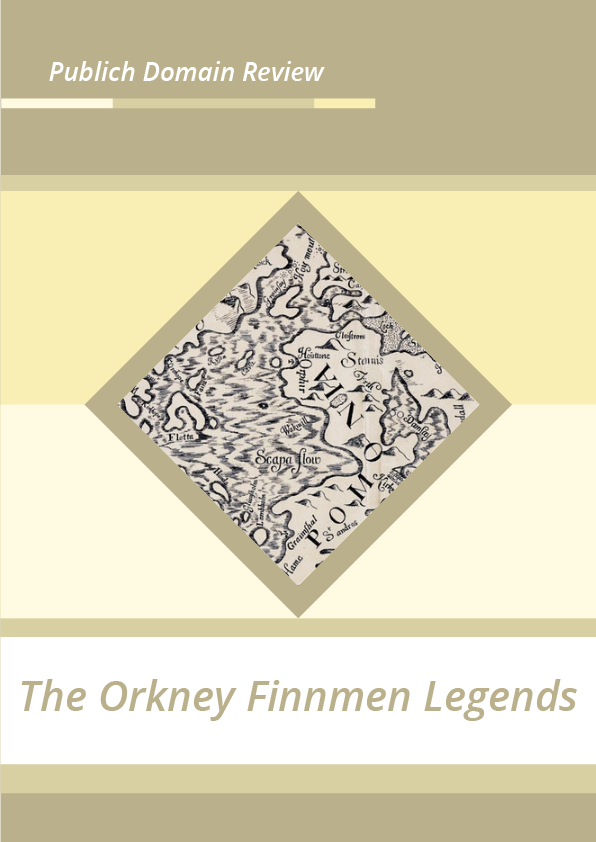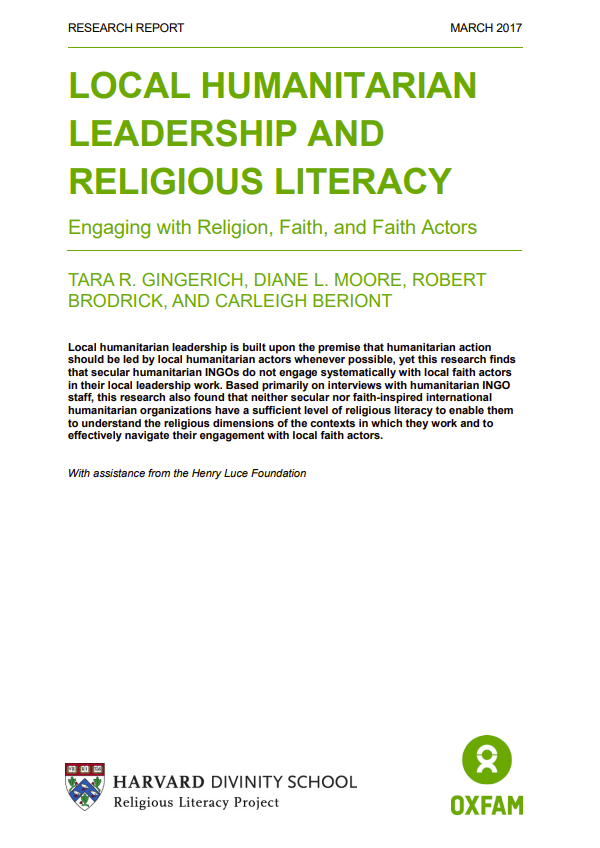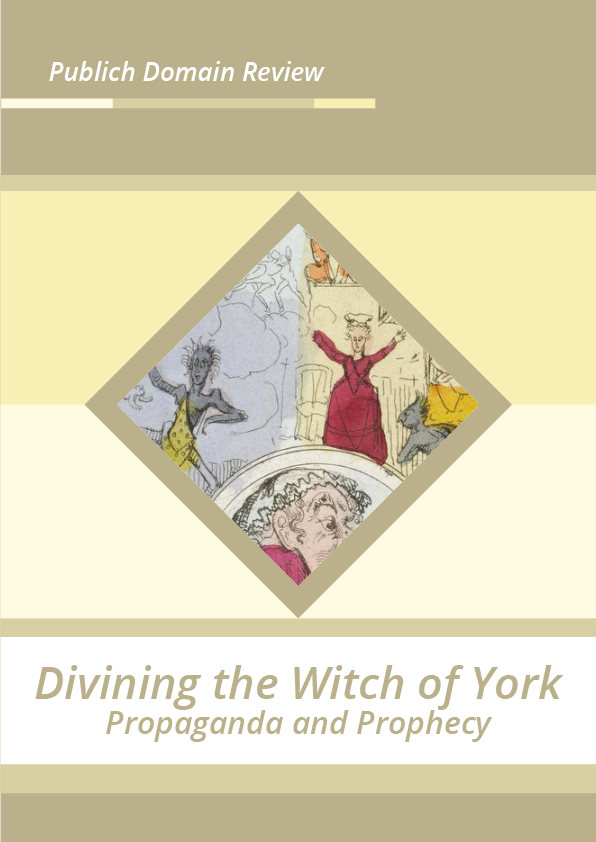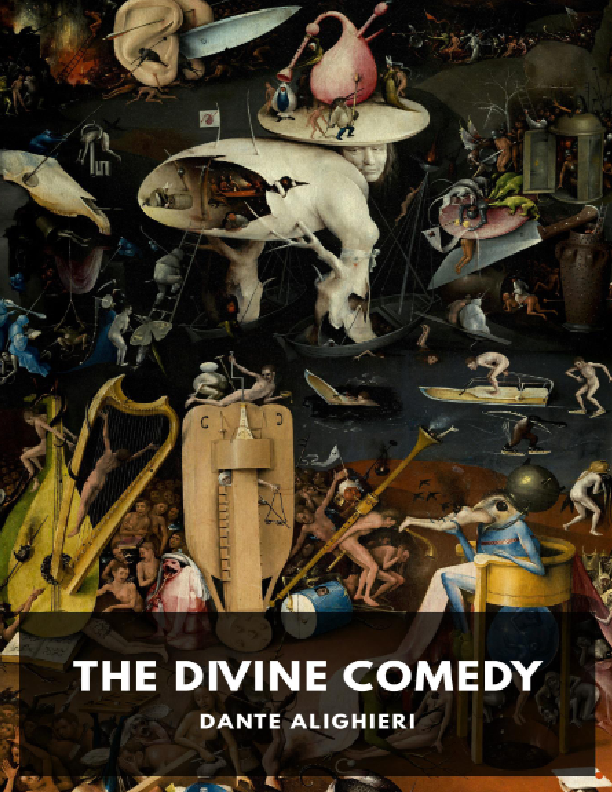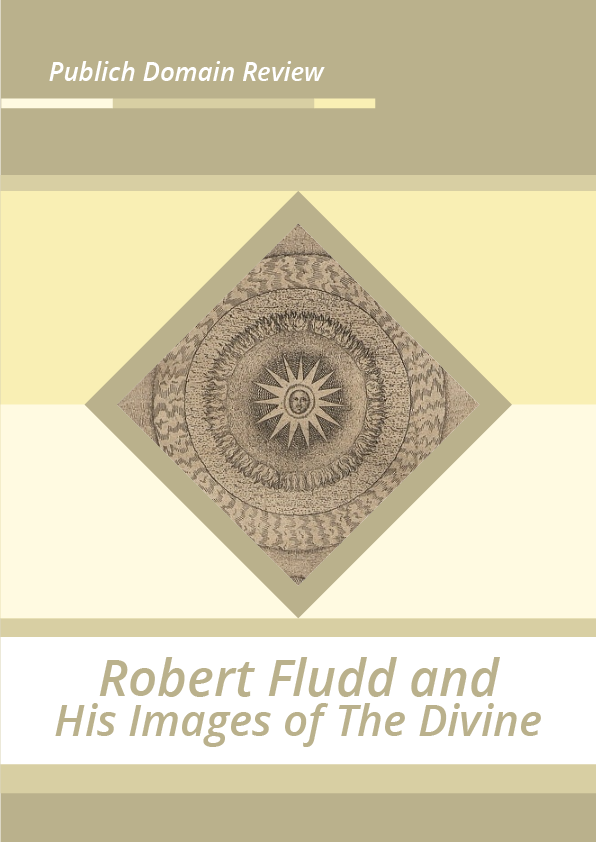From Early Modern Science to Modern Myth
At the end of the 17th century there appeared the first noting of a mysterious kayak-paddling “Finnman” seen in Orkney waters. Jonathan Westaway explores the subsequent explanations and how early modern science’s fascination with unfamiliar objects, and the “out-of-place” in general, helped conjure the idea of an Inuit presence in the region and, in turn, a new chapter of Scottish folklore.
Published in Edinburgh in 1693, A Description of the Isles of Orkney by the Rev. James Wallace of Kirkwall, Orkney, contains the first known mention in print of the term “Finnmen”, although what the text meant by the term Finnmen was unclear. Enigmatic and compelling, the text of the Description seems to imply a connection between these Finnmen sightings and the idea of Inuit peoples being present in Orkney waters, hinting at an unheimlich form of reverse colonization, a preternatural encounter with Arctic cultures and peoples. It is an account that appears to reverse the flow of empire’s relentless western expansion, a piece of historical antimatter that has led to endless speculation by antiquarians, folklorists, and historians in later centuries. Various theories were proposed to explain how the Inuit could have possibly got to Orkney: some suggested that they might have travelled autonomously, island-hopping across the North Atlantic. Others drew attention to the well documented widespread practice of abducting Inuit for commercial and scientific purposes in the sixteenth and seventeenth centuries. Some were not convinced of such far-flung origins, and argued that “Finnmen” referred to “Finns” from Finland or Finnmark in Norway, others that it signified a lost autochthonous race. Whatever the explanation, the Finnmen legend has long since embedded itself into the folkways of the Northern Isles, underpinning regional identity and a sense of exceptionalism in Orkney.
The Description reports that “Sometime about this Country are seen these men which are called Finnmen”. The text mentions an eyewitness seeing one sailing and rowing a little boat at the south end of the island of Eday who fled when the inhabitants chased him in boats. Soon afterwards, another was seen from the island of Westray and “for a while after they got few or no fishes”. The Description then speculates that “these Finnmen seem to be some of these people that dwell about the Fratum Davis”, a reference to the Davis Strait that lies between Greenland and Baffin Island, Arctic islands populated by Inuit peoples. The Description cites a textual authority, Charles de Rochefort’s 1658 Histoire naturelle et morale des îles Antilles de l’Amerique, a book with a complex and obscure publishing history with very little to say about the Inuit. The author of the Description concludes his observations on the Finnmen by saying: “One of their boats sent from Orkney to Edinburgh is to be seen in the Physistians hall with the Oar and the Dart he makes use of for killing Fish.”
In 1700, the Rev. James Wallace’s son, Dr James Wallace F.R.S., published An Account of the Islands of Orkney, an extensive reworking of his father’s published text that further embedded the notion that Finnmen could be equated with the Inuit. Dr Wallace speculated that “they must probably be driven by Storms from home” but was not explicit about where that home was. He then described an Inuit kayak, noting “their Boat being made of Fish Skins, are so contrived that he can never sink, but is like a Sea-gull swimming on the top of the Water. His shirt he has is so fastned to the Boat, that no Water can come into his Boat to do him damage.” He concludes by noting that a full account of the Finnmen can be found in Rochefort’s “L’histoire naturelle & moralle des Antilles Chap.18.” He further expanded on the account contained in the Description by concluding that “One of their Boats which was catched in Orkney, was sent from thence to Edinburgh, and is to be seen in the Physicians Hall, with the Oar and Dart he makes use of for killing Fish”, subtly altering the words of the Description, seemingly implying the boat was “caught” in Orkney waters in pursuit of the Finnmen.
